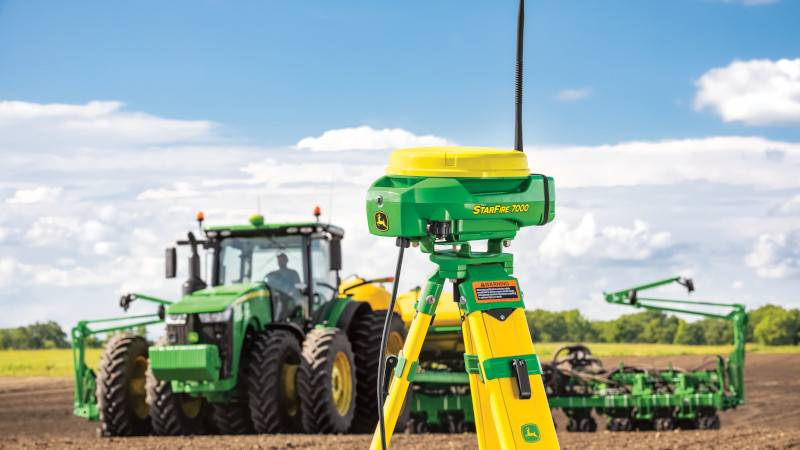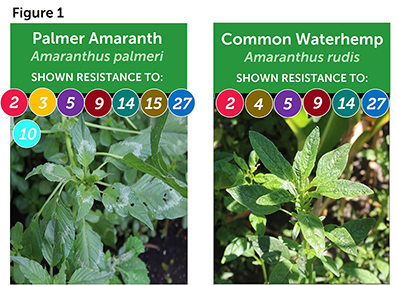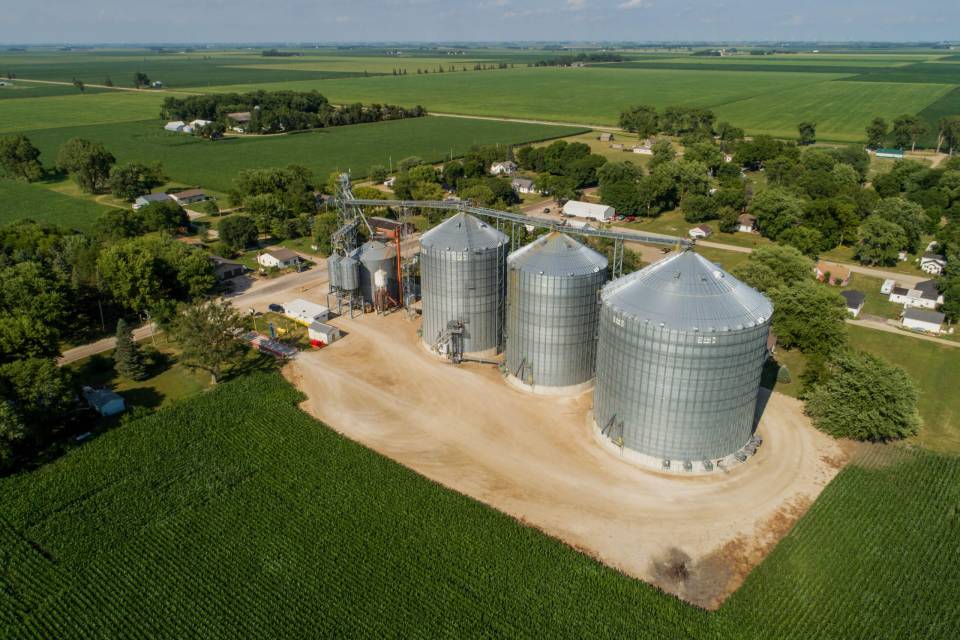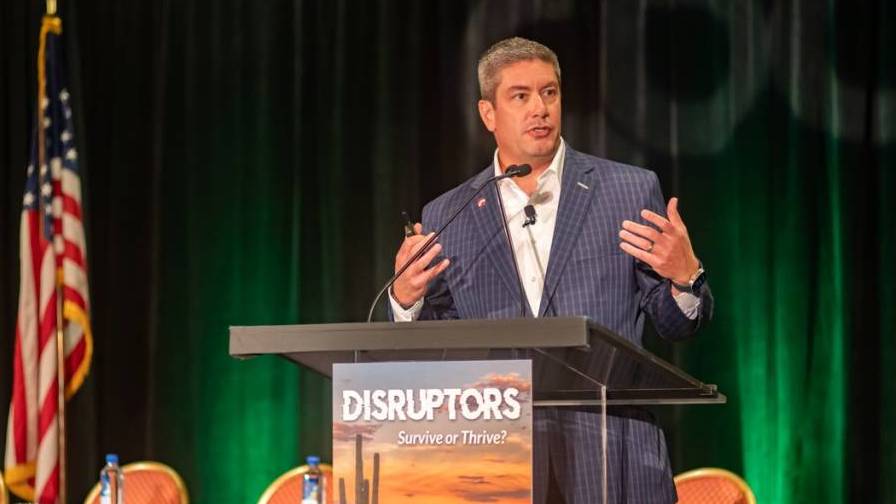Why Fertilizer Blending Software Has Become Imperative in Ag Retail
Software that controls fertilizer blending systems is not only revolutionizing the industry. It’s also becoming more user-friendly, even resembling a video game.
A screen shows the layout of the blending system with all of its components running in various combinations. Agronomists submit blend requests with the prescription numbers, and the operator executes the orders by clicking on a button. The software tells the operator how much of each ingredient to add and when. If a bin is full, warning lights flash, keeping the operator from overfilling the bin.
“The screen is pretty intuitive and dummy-proof, and there are lots of checks and balances, so even you or I can blend the fertilizer from the screen,” says Kelvin Feist, Vice President of Sales and Marketing with Sackett-Waconia, a maker of blending and conveying systems in Norwood Young America, MN. “It can really make a retailer more efficient.”
The use of blending software, coupled with advancements in machine automation, has continued to grow, especially over the past 10 years. Most blending plants built since the mid-2000s are operated by software, or at least have machines that can adapt to it.
Feist says blending software allows agricultural retailers to perform two to three times the business volume, using the same amount of labor, compared to manual operations, and companies don’t need as many plants.
“There are a number of facilities across the country that are manually loaded, but that number continues to decrease,” says Mark Mohr, Vice President of Sales and Marketing with Kahler Automation Corp., a Fairmont, MN, provider of automation controls and software for bulk material handling equipment. “It’s become very common for a facility that is being upgraded to be automated and use the blending software,” he says.
The software, in addition to speeding up the blending process, ensures more precise blends. It can also integrate with the ag retailer’s business software, achieving more accurate inventory tracking and billing.
Nate Wittmaack, President and Chief Operations Officer, Ranco Fertiservice, Sioux Rapids, IA, a manufacturer of dry fertilizer blending and handling equipment, says that about seven of 10 new blending software systems can integrate with an ag retailer’s business software. Five or six years ago, the ratio was three of 10.
“We are still in the expansionary phase of people adopting this type of integration technology,” Wittmaack says. “I think a high percentage of ag retailers are using some kind of ag business software, but I’m guessing a lot of them aren’t utilizing the software to its fullest extent.”
Automation Plus Software
Blending software hit the market in the 1990s, but Sackett-Waconia’s Feist says it’s only been within the last 10 years that it has significantly impacted the industry and reduced the need for manpower. It has even improved product transportation and inventory management.
“Blending software dramatically speeds up the blending and load-out processes,” says Todd Scobie, Sales and Marketing Manager with Murray Equipment Inc. (MEI)/Integrated Control Systems (ICS) in Fort Wayne, IN. Murray and ICS make liquid handling equipment and provide fertilizer manufacturing and load-out solutions.
“It also is more accurate, leading to better blends, more accurate inventory and the information necessary to provide both top notch customer service and strategic planning in real time,” Scobie says.
The software works with more advanced blending equipment, which today contain sensors that shut down a machine in an emergency, like when a bin is full and can’t accept any more product, or when a conveyer slows down, indicating a mechanical problem. Machine sensors also alert operators, through the software, when preventative maintenance is due.
Before blending software, the agronomist and/or ag retailer calculated fertilizer blends with pencil and paper and wrote prescriptions by hand, a method prone to human error. Fertilizer incorrectly blended was wasted, and if it hit the field, could damage a crop.
“The main issues with not using software are time and accuracy,” MEI/ICS’s Scobie says. “Manual or semi-automated methods are slow, leaving customers waiting and requiring lots of overtime. Also, with the price of crop inputs being high, accuracy is key. Not knowing exact inventory levels and how much you’re selling can lead to costly mistakes.”
Speed and accuracy have become more vital as fertilizer blends become more complex. Sackett-Waconia’s Feist says blends can include 10 or more ingredients when it comes to crops like corn and potatoes.
“As growers in general have gotten larger, you have fewer individuals trying to cover the same or more acres in same time window that you always had, so more has to be done and fast,” Ranco’s Wittmaack says. “And more fertilizer has to be put down than before.”
Blending software calculates the mix from information provided by the agronomist and determines the quantities needed. That removes the possibility of an arithmetic mistake, and the operator doesn’t have to read a paper prescription, which is another opportunity for error.
Kahler software pulls order specifications into the blending equipment. The software knows which product is in which bin and which conveyers must run to execute the order. The software then dispenses the product.
Blending software also helps establish a safer work environment. Operators can control the blending operation remotely, away from the equipment, through a laptop or tablet, and in some cases even a smartphone. Further, an ag retailer can run the plant with fewer workers.
Software Integration
In a more recent advancement, blending software can integrate with the ag retailer’s accounting and inventory software. Integrated software reduces or eliminates quantity errors that can skew inventory counts.
“Over the course of the season, even small mistakes can accumulate into some fairly large dollars,” Kahler’s Mohr says. “With integrated software, the customer isn’t shorted on materials, and from the accounting side, the business is dispensing product accurately.”
Software, today, can even assist with transportation logistics, ensuring that trucks carry the right blends to the right fields. Drivers don’t even have to step out of their trucks when arriving for a load — they can simply punch in the order number at a kiosk. Software can also provide the required shipping documents.
Mohr says in some cases drivers can pick up orders after hours, with no one in the blending plant, an ability that has increased in popularity lately due to the COVID-19 pandemic and labor shortages.
Customer Interaction
Training in blending software and its latest developments is essential. Kahler, Ranco, Sackett-Waconia and Murray/ICS all provide various combinations of on-site, video, and remote software training, plus phone support.
Customer feedback has led to further innovations. When Ranco introduced its own integration software package about 10 years ago, a customer asked if it included variable rate technology (VRT), which allows a spreader to blend at variable rates in the field. At the time, Ranco’s software didn’t have that feature. It does now.
Kahler’s latest blending software is subscription-based. Customers automatically receive updates. One update will help the ag retailer load trucks with products for multiple fields, in the most efficient way.
“A lot of attention has been paid to this due to driver and labor shortages and additional costs of transportation in recent years,” Mohr says.
MEI/ICS’s Scobie says as growers and ag retailers consolidate, competition has turned fiercer. Machine automation and blending software can help businesses remain competitive.
“Speed, accuracy and customer service are the three components that work hand-in-hand to ensure organizational longevity,” Scobie says.





